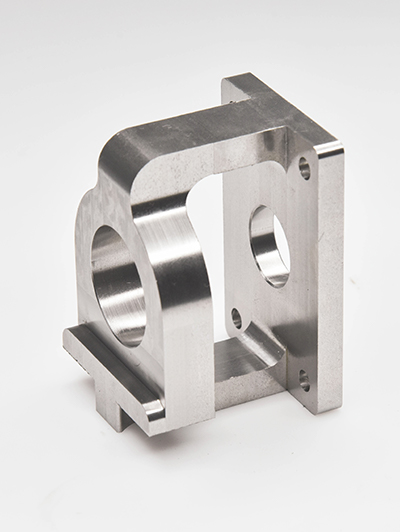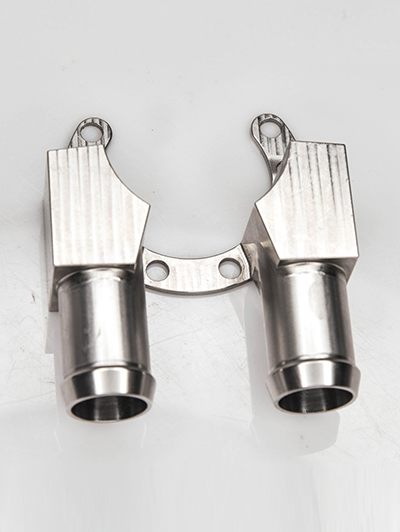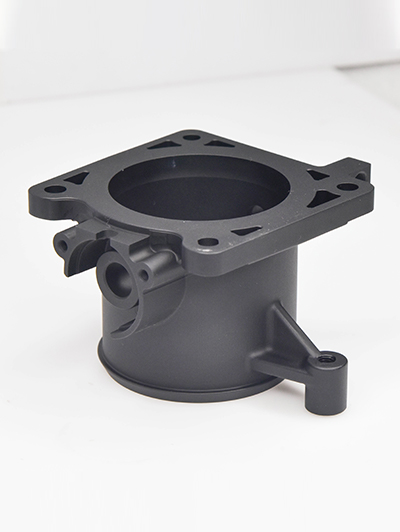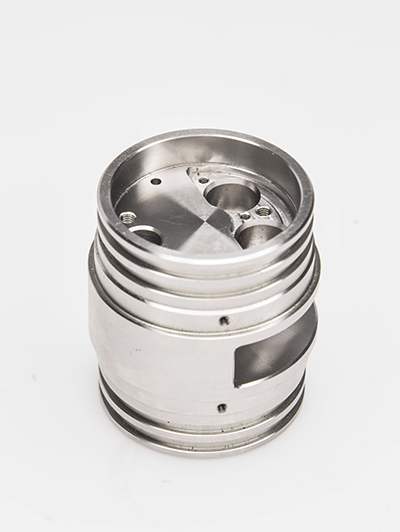Information
Anodizing of TWS Earphone Metal Casings_ Precision Coloring for High Aesthetics and Durability
Anodizing of TWS Earphone Metal Casings: Precision Coloring for High Aesthetics and Durability
In the competitive world of wireless audio devices, Total Wireless Stereo (TWS) earphones have gained significant attention for their portability, sound quality, and design. One of the key features that enhance the quality and appeal of TWS earphones is the metal casing. For manufacturers, ensuring that the metal casing is durable, attractive, and long-lasting is essential. This is where anodizing comes into play — a process that not only enhances the aesthetics of the casing but also boosts its performance.
What is Anodizing?
Anodizing is an electrochemical process that involves the application of an oxide layer to the surface of metals, primarily aluminum. This layer is not a coating but a part of the metal itself, which provides improved corrosion resistance and enhances the appearance of the metal. In the case of TWS earphone metal casings, anodizing offers a perfect blend of form and function.
Why Anodizing for TWS Earphone Metal Casings?
Aesthetic Appeal One of the most notable benefits of anodizing is its ability to enhance the aesthetic appeal of TWS earphone casings. Through the anodizing process, manufacturers can add vibrant and customizable colors to the metal, giving earphones a sleek and premium look. Whether it's a matte black, silver, or custom colors, anodizing can meet a variety of design specifications. This flexibility allows manufacturers to produce earphones with a distinct, attractive appearance that appeals to different market segments.
Durability and Wear Resistance Durability is a major concern for users, especially when it comes to portable devices like TWS earphones that are subject to daily wear and tear. The anodized layer formed during the process is highly resistant to scratches, wear, and fading. As a result, earphone casings retain their original look longer, even after repeated handling. This contributes to an overall increase in the lifespan of the device, offering value both to the end-user and the manufacturer.
Corrosion Resistance TWS earphones are often used in various environments, ranging from humid to dry and everything in between. Since the metal casing of the earphones is exposed to the elements, corrosion resistance becomes crucial. Anodizing provides a protective barrier that significantly improves the resistance of the metal to corrosion. This protection ensures that the earphones continue to function properly, even after prolonged exposure to moisture or other corrosive elements.
Improved Surface Hardness The anodized layer enhances the surface hardness of the metal, making it more resistant to impacts and abrasions. This is particularly important for TWS earphones, which are frequently dropped or subjected to rough handling during everyday use. The hard anodized surface not only protects the earphones from damage but also preserves their aesthetic quality, ensuring that users enjoy a long-lasting product.
How Anodizing Works for TWS Earphones: A Step-by-Step Process
The anodizing process is carried out in a series of steps, each of which contributes to the final quality of the TWS earphone casing. Here is an overview of the anodizing procedure:
Cleaning the Metal Surface The first step in anodizing is thoroughly cleaning the metal surface of the earphone casing. This ensures that any dirt, oils, or residues are removed, allowing the anodizing process to begin with a clean surface.
Electrolytic Oxidation In this stage, the metal casing is submerged in an electrolyte solution and subjected to an electrical current. The electrical current causes the metal to oxidize, forming a protective oxide layer on its surface. This layer is incredibly durable and chemically stable, ensuring that the casing remains intact and functional over time.
Coloring the Surface Once the oxide layer has formed, the earphone casing can be dyed in a variety of colors. This is done by introducing organic dyes into the anodized layer, allowing for a wide range of colors to be applied. The coloring is not just cosmetic — the anodizing process also deepens the surface’s resistance to wear and corrosion.
Sealing the Anodized Layer After the casing is anodized and colored, it is sealed to lock in the color and further enhance the corrosion resistance. This step ensures that the anodized surface remains intact and doesn’t fade or peel over time.
Benefits of Anodizing TWS Earphone Metal Casings
Enhanced Aesthetic Options Anodizing allows for a diverse range of colors, including matte, glossy, and metallic finishes. This flexibility provides manufacturers with the opportunity to create custom designs for different consumer preferences, allowing brands to stand out in the crowded TWS earphone market.
Environmental Impact Unlike other surface treatments, anodizing is an environmentally friendly process. The materials used in anodizing are non-toxic, and the process itself generates minimal waste, making it an ideal choice for eco-conscious manufacturers looking to reduce their environmental footprint.
Cost-Effective While anodizing does require specialized equipment, it is relatively cost-effective compared to other metal treatment processes. Given its durability and the aesthetic benefits it provides, anodizing offers excellent value for TWS earphone manufacturers looking to optimize both the function and design of their products.
Conclusion: Elevating TWS Earphones with Anodized Metal Casings
Anodizing of TWS earphone metal casings is a crucial process that combines superior aesthetics with long-lasting durability. By incorporating anodizing into their manufacturing processes, brands can offer consumers earphones that are not only visually appealing but also resistant to wear, corrosion, and scratches. As TWS earphones continue to grow in popularity, anodizing will remain a key factor in distinguishing high-quality products that meet the demands of modern consumers.
Enhancing Efficiency in Aerospace Technologies
1. Implementing advanced automation and robotics: By utilizing automated systems and robotics in aerospace technologies, tasks can be performed more quickly and accurately, leading to increased efficiency. This includes automated systems for manufacturing, inspection, maintenance, and handling of materials.2. Adopting digital twin technology: Digital twin technology allows for real-time monitoring and simul...
Cutting-edge Machining of Unique Materials
Advancements in technology have allowed for the cutting-edge machining of unique materials that were previously difficult to work with. This has opened up new possibilities for manufacturing industries, allowing for the production of components and products that were once thought to be impossible.One such material that has benefited from cutting-edge machining techniques is carbon fiber. Carbon fiber is a l...
Enhancing Efficiency in Aerospace Technologies
1. Implementing advanced automation and robotics: By utilizing automated systems and robotics in aerospace technologies, tasks can be performed more quickly and accurately, leading to increased efficiency. This includes automated systems for manufacturing, inspection, maintenance, and handling of materials.2. Adopting digital twin technology: Digital twin technology allows for real-time monitoring and simul...
Cutting-edge Machining of Unique Materials
Advancements in technology have allowed for the cutting-edge machining of unique materials that were previously difficult to work with. This has opened up new possibilities for manufacturing industries, allowing for the production of components and products that were once thought to be impossible.One such material that has benefited from cutting-edge machining techniques is carbon fiber. Carbon fiber is a l...
Shape accuracy detection
In addition to dimensional accuracy, the shape accuracy of the parts cannot be ignored. Detect shape errors such as roundness, cylindricity, and flatness of parts using equipment such as roundness meters and contour meters. For example, when processing high-precision bearing rings, the accuracy of roundness and cylindricity directly affects the rotational accuracy and service life of the bearing.
Dimensional accuracy testing
Using advanced measuring tools and techniques, such as coordinate measuring instruments, optical imagers, etc., to accurately measure the dimensions of parts. For precision parts, dimensional tolerances are usually controlled at the micrometer level, so high-precision measuring equipment is required to ensure the accuracy of the test results. For example, when processing precision molds for mobile phone chi...
- +86 13603025252
-

WhatsApp
- info@jiujucnc.com





